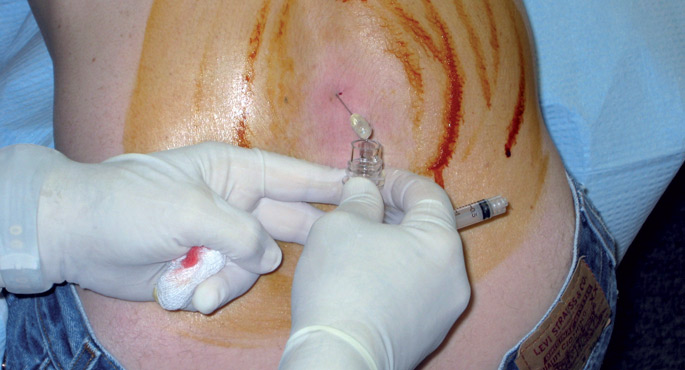

Meningitis is irritation and inflammation of the membranes that cover the brain and spinal cord. The disease causes changes in the cerebrospinal fluid that has the function of cushioning the lesions in these structures. This fluid is of great importance in the diagnosis of meningitis, as its appearance varies considerably due to the appearance of one or other type of microorganisms.
Although there are other causes (allergy to medicines, fungi, tumors...), it can be said that meningitis is in most cases of two types:
The viral is low risk and cured without any treatment on its own. Enteroviruses and herpes are, in most cases, the cause of the virus. Four out of five cases of meningitis are of this type.
Bacterial meningitis is much more serious. It can cause deafness, loss of vision, hydrocyephalus, brain damage, and in some cases death. Pneumococcus and meningococcus are the most dangerous bacteria that cause the disease. About 15% of meningitis cases are caused by bacteria.
As soon as any of the symptoms are detected, it is best to go to the doctor so that the doctor can assure the diagnosis and take appropriate measures. Meningitis can affect people of any age, but is more common in children and adults younger than 30 years. It is understandable that parents are constantly concerned about the fear that their children will catch the disease before citing a case in their environment. How far is this serious?
Symptoms of bacterial meningitis
Bacterial meningitis is a serious illness that requires immediate hospitalization. Although some symptoms are quite common, there are other more specific symptoms that help the doctor diagnose along with the above: fever and chills, quite strong nausea and vomiting – in the books are described as a shotgun shot – severe headache, high sensitivity to light, changes in mental status, stiffness in the neck or in the back of the neck.
The longer the time between the onset of the disease and the start of treatment, the greater the risk of persistent damage. It is therefore appropriate to administer antibiotics immediately after suspicion, coinciding with the additional tests to clarify the diagnosis.
Lumbar puncture
For the definitive diagnosis, in addition to assessing the aforementioned symptoms, a lumbar puncture is used, provided that there is no specific contraindication for it. This test inserts a needle between two lumbar vertebrae and removes cerebrospinal fluid. Under normal conditions, this fluid is clear and clear, while in bacterial meningitis it is brown. The study of this fluid makes it possible to know the germ that has produced the disease.
Children are currently vaccinated against most of the bacteria that cause meningitis: pneumococcus, meningococcus, Haemophilus influenzae. However, vaccination does not imply full protection, as it does not affect all scoria that can cause meningitis.
Mortality from bacterial meningitis, or the risk of serious effects, depends to a large extent on the age of the causative pathogen and the patient. Mortality is very high in infants under one year of age, low in adults, and significantly increases in older people. The patient's previous clinical condition also has much to do with early treatment. In short, untreated bacterial meningitis is in most cases fatal, but today, if treated in time and form, mortality does not reach 10%.